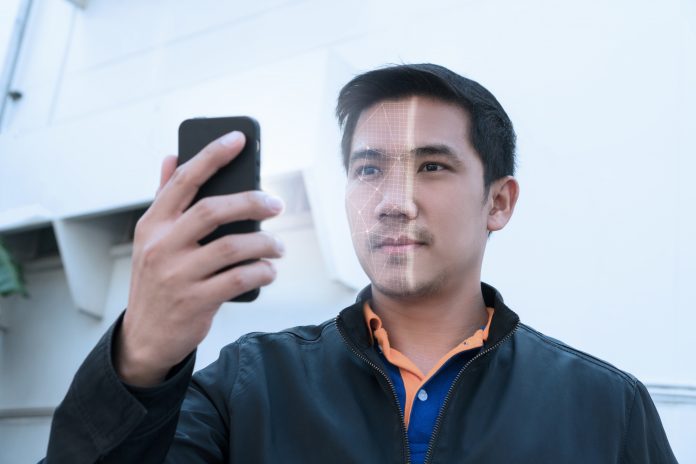Convenience often comes at a cost. In the online world, that cost rears its ugly head in the form of handing over sensitive personal information
From independent shops selling handmade goods to the online presences of international brands, all request a bond of trust with little assurance of safety. The advent of digital shopping is superior in nearly every way, but the amount of information you’re required to hand over—and keep stored in someone else’s data silo—is still a significant concern.
The not-so-mighty password
Fernando Corbato. A name known to only the most dedicated technology enthusiasts, his impact on data security has far surpassed his personal popularity. At MIT back in the early 1960s, Fernando invented the modern password. Even then, it was a pretty poor way of protecting access and information, but at least it was something.
In the early 1970s, Horst Feistel’s cryptographic work at IBM laid the groundwork for the Data Encryption Standard (DES). It’s difficult to imagine today, but that 56-bit symmetric-key algorithm held for nearly 25 years until the Electronic Freedom Federation cracked it in 1999. Next came the Advanced Encryption Standard (AES) in 2001, which is still in place today. In recent years, some companies have layered on two-step authentication to combat hackers.
But—and it’s a significant but—the current systems are still vulnerable to attack. And if you have as many online accounts as most people do—by 2020, the average number of online accounts per internet user is projected to be 207—that’s a lot of vulnerable data. When even the most secure systems are being hacked, imagine what’s going on with some of the smaller retailers and online businesses. Some systems aren’t even using encryption, storing passwords as plaintext. Even Mr. Corbato agrees things have gotten a little out control.
The answer? Biometrics
The key to returning true consumer privacy to online transactions lies in biometrics. The field of biometry is incredibly complex, but there’s a pretty simple reason why biometrics is at the core of new advancements in payment platforms. It’s the safest, most secure means of proving identity. Every one of us has a set of recognizable and verifiable data that is unique to us.
There’s morphological data—fingerprints, palm prints, hand shape, vein patterns, eye attributes (iris and retina), etc. And there’s biological data found in our DNA, blood, and saliva. Put simply, biometrics offer a far better way to prove your identity than any username/password combination or physical document.
The benefits of an e-commerce ecosystem built on biometric identities and transactional data stored in the blockchain are substantial. For instance:
Personal data is decentralized and secure
- Merchant and business databases—prime targets for hackers—are no longer part of the equation
- Identities are forgery-proof and payment information can’t be stolen
Effective, trustless relationship between retailers and consumers
- Fraudulent actors can’t access the system
- Personal data can’t be used and abused by businesses
No passwords required
- Say goodbye to having dozens of vulnerable passwords
- Never worry about losing access to a site or service due to forgetfulness or fraud
Thanks to the blockchain, concerns of data protection are a thing of the past. Consumers will soon posses a universal key to ID and payment verification without compromising their data integrity, and corporations will no longer bear the weight of securing customer data.
Alastair Johnson
Founder & CEO











